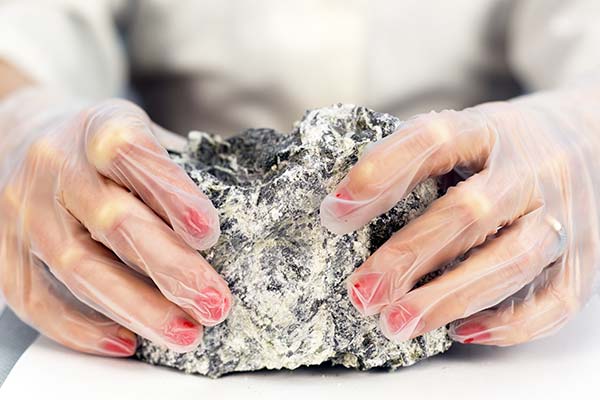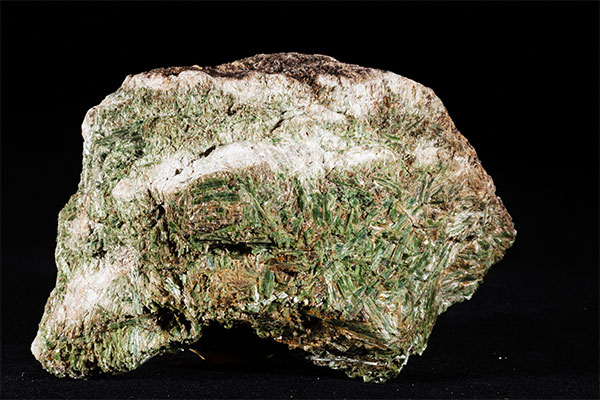Asbestos Removal
Rochester, NY
REQUEST EMERGENCY SERVICES
(585) 413-1566


Asbestos Exposure
Risks & Concerns
Asbestos in its natural form is not hazardous and poses virtually no risk. The dangers come when asbestos breaks down into microscopic particles that can become airborne. Asbestos fibers or asbestos dust is extremely dangerous if it is inhaled.
Due to the nature of the particles, they can get lodged in the lungs causing an array of health issues. The most common is Mesothelioma, lung cancer, and asbestosis. Airborne asbestos can’t be seen, smelled, felt, or tasted meaning you won’t even know you are breathing it in. Unlike other allergens, asbestos won’t make you cough or sneeze, or bother your breathing (until it’s too late).
Asbestos-related diseases can take a long time to start causing symptoms, anywhere from 10-40 YEARS after exposure. During this time, you won’t even know there is a problem going on.
A majority of individuals who have been diagnosed with an asbestos-related illness are due to their occupation (or a spouse’s occupation). Additionally, there is no set amount of asbestos exposure that will or won’t cause an illness. The more exposure there is, and for a longer time makes the risk higher for individuals.
Common occupations with the risk of asbestos exposure include construction workers, electricians, firefighters, military, miners, shipyard workers, and heavy industries. Families of the workers in these occupations often experienced secondhand exposure due to the asbestos dust or fibers being tracked into the home from their work area.
Asbestos Removal
FAQ's

Asbestos
Do's & Dont's
DO’s
- Leave any asbestos-containing materials alone if they are undamaged
- Limit access to areas with known asbestos materials, especially children
- Be mindful of asbestos material and avoid damaging these materials
- Have asbestos testing conducted if you’re planning to make renovations to your home
- Contact a professional asbestos abatement company to ensure the safe removal and disposal of asbestos
DONT’S
- Use a vacuum, broom, or duster to clean up debris from asbestos materials
- Cut, sand, scrape, saw, or drill holes into materials containing asbestos
- Use a power stripper to remove wax from asbestos flooring
- Try to sand or level off asbestos flooring or its backing. If it needs to be replaced, cover it if possible
- Track in asbestos fibers or materials on clothing or shoes. If unavoidable, use a wet mop to clean up.
**When in doubt, call an asbestos professional like Rock Emergency for peace of mind**

Asbestos Removal
Costs
When it comes to asbestos removal, the costs can vary. On average, the cost can range from $1,000 to $3,000 but can go $30,000 and up for whole-home remediation. Asbestos removal isn’t always the best option, and it may be safer to cover it up or encapsulate it (seal it with plastic sheeting) it.
The asbestos removal process needs to be handled by a trained and certified professional. The area must first be sealed to ensure that if the asbestos fibers or dust become airborne they do not contaminate the rest of the home.
Following all OSHA and EPA regulations, Rock Emergency is fully capable of safely removing all contaminants. All of our team members wear the proper attire when handling hazardous materials and follow all safety protocols for removal and disposal. Additionally, specific equipment is used when remediating asbestos such as HEPA vacuums, special air filters, and other specialized equipment.
![[iss_site_name_city_state_zip_code]](https://rockemergency.com/wp-content/uploads/2019/01/asbestos_material12.jpg)
Why Choose Rock Emergency for Asbestos Removal?
Asbestos is a harmful substance, and should always be treated as such. It may seem more cost-effective to try and resolve the issue yourself, but the risk to you and your family is too great. Asbestos Removal experts at Rock Emergency have all been HAZWOPER trained and IICRC certified. Additionally, all OSHA and EPA guidelines are followed to a T to ensure the safety of you, your family, as well as their health.
Being a full-service remediation company, if any additional work needs to be completed due to the asbestos damage, we can handle that for you. We also specialize in lead paint removal, soil remediation, mold remediation, and other types of damage caused by fire, water, or storm.
Don’t try to take on the task of fighting asbestos yourself, let our trained professionals do it for you!
